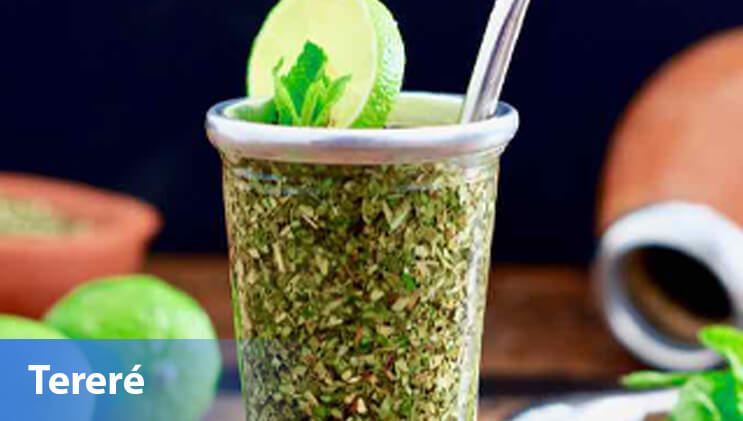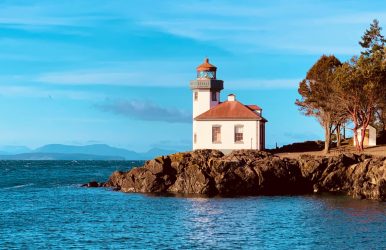Summer In Rome: Sleep, Do, See
BY Pijus Maity Jul 17, 2024
Summer in Rome: Every traveller knows Rome is one-of-a-kind; no wonder it is widely recognised as the Eternal City. Aside from the timeless architecture and history that lives in all of its paths, one cannot get over its ethereal beauty. And can you blame? The city is charmed with an eternity of times you may explore and still discover something new for yourself. You never know what you will find in its most notable landmarks because there’s so much to see and do. Let us now start our guide on things to do, locations to see, and spots you may enjoy during your Roman summer break. Exploring Rome: It All Begins With A Plan… First, we will explore the remains of the Roman Forum and visit the Colosseum. It is the most famous symbol of the city of Rome worldwide. Both the Pantheon, which is well-known for its dome, and St. Peter's Basilica in Vatican City offer a panoramic view from its dome. These are evergreen destinations that never fail to leave a lasting impression and have a strong and timeless historical aura. 1. The Sistine Chapel The Sistine Chapel, which is housed at the Vatican Museums, is another must-visit location. However, pay attention – reservations are required in advance. Then, take in the views from the Spanish Steps and see the Trevi Fountain. Art lovers might visit the Galleria Borghese, which features paintings by Bernini and Caravaggio, and the Capitoline Museums, which are home to antique Roman artefacts. The National Gallery of Ancient Art is situated at Palazzo Barberini as well. 2. Catacombs of San Callisto For an experience like no other, visit the Catacombs of San Callisto and walk or ride along the Appian Way. The Orange Garden will offer breathtaking sunset views of Rome, and the Baths of Caracalla will provide insight into ancient Roman public baths. Rome also has an outstanding food scene. Crispy and thin Roman pizza and classic pasta dishes like carbonara, cacio e pepe, amatriciana, and gricia are examples of its traditional cuisine. Notable dishes are Carciofi alla Romana, or Roman-style artichokes, and Supplì, fried rice balls filled with cheese. 3. Relish The Roman Delicacies Also, take a chance to savour Saltimbocca alla Romana, which is veal cooked in butter and white wine with prosciutto and sage. Desserts not to be missed are classic tiramisù and maritozzo, a sweet bun filled with cream. Take a chance to enjoy a meal at classic trattorias like Da Enzo al 29 or Armando al Pantheon, or venture to Michelin-starred restaurants like Il Pagliaccio or La Pergola for a premium experience. 4. Extraordinary Stays Of course, there are plenty of places to stay in Rome. For reasons related to transit, goods, and services, we advise selecting places close to the city centre. Furthermore, the majority of the most well-known, highly regarded lodging options with top-notch service are found in Rome's historic centre. You may, for instance, consider the wonderful VRetreats hotels. Rome may be chaotic, so pay attention to this step to ensure that you have the greatest holiday possible with excellent service and the ability to see all the places you want to see in less time. Here’s Your Rome Itinerary… Whether you are in the city for three days, five or a week, you need an itinerary to visit places that deserve priority. If I were to give an honest opinion, three days is fine for a tour of this ethereal destination. Here’s why: 1. Day 1 at the Palatine Hill Are you back from the Colosseum already? If so, it’s time to visit Palatine Hill and, of course, the Roman Forum. Count on me when I say this: Palatine Hill is absolutely unmissable! Sure thing, everyone loves the Colosseum, and they’re most likely to hit their destination when they reach Rome. But why not go that extra mile to discover a not-so-hidden-gem? If you are dying for some epic views across the forum, this one destination should be on your bucket list. Welcome, home Christmas card photos dwelled with tour images. 2. Day 2 at Pane e Salame It is obvious that you should stop at a food destination with all that extra vacation stress you are carrying. I have found an incredibly amazing lunch spot in Rome, Pane e Salame. It is a paradise for those looking to gulp fresh cheese and delectable meats. I saved some serious money on their charcuterie tray, which was the wanderer’s reward! It has got so many delicacies that you can share without feeling guilty to your friends. Also, add Aperol Spritz for that extra kick! While Venice and other north Italian cities are quite popular for their finger food-serving styles, this place does something unique. Have an amazing time at Pane e Salame and taste the authentic Italian culture in the form of food. 3. Day 3 is for a Walking Tour I will not immediately name the places, but nothing pays off like an accomplished walking tour of Rome. Art flows through every single vein of the city, and you are never going to be secluded! On this walking tour, you are most likely to cover Piazza Navona, the Spanish Steps, Campo de Fiori, the Trevi Fountain and the Pantheon. This tour shouldn’t take you more than an hour! Important Consideration: These places are jam-packed with tourists. So, you can book your tickets for months with fewer tourists arriving, say during winter or autumn. Follow these tips, and you’ll be good to go! The Bottom Line So, what’s stopping you from discovering the gem of Italy? There’s literally so much to see and do in the city that boasts of art and culture. Get ready to see something special and dine in the best places in Rome. Thank you for reading this article till the end! We really hope we were helpful on your way to planning your vacation. Wishing you the best stay in Italia! Also read Roman Revelations: Unforgettable Things To Do In Rome, The Heart Of Italy! Find Hotels Near Rome’s Top Attractions And What Parts Of The City To Stay In. The Italian Train Group FS Will Launch A New “Night Train Like Hotel”: Rome To Dolomites.






















